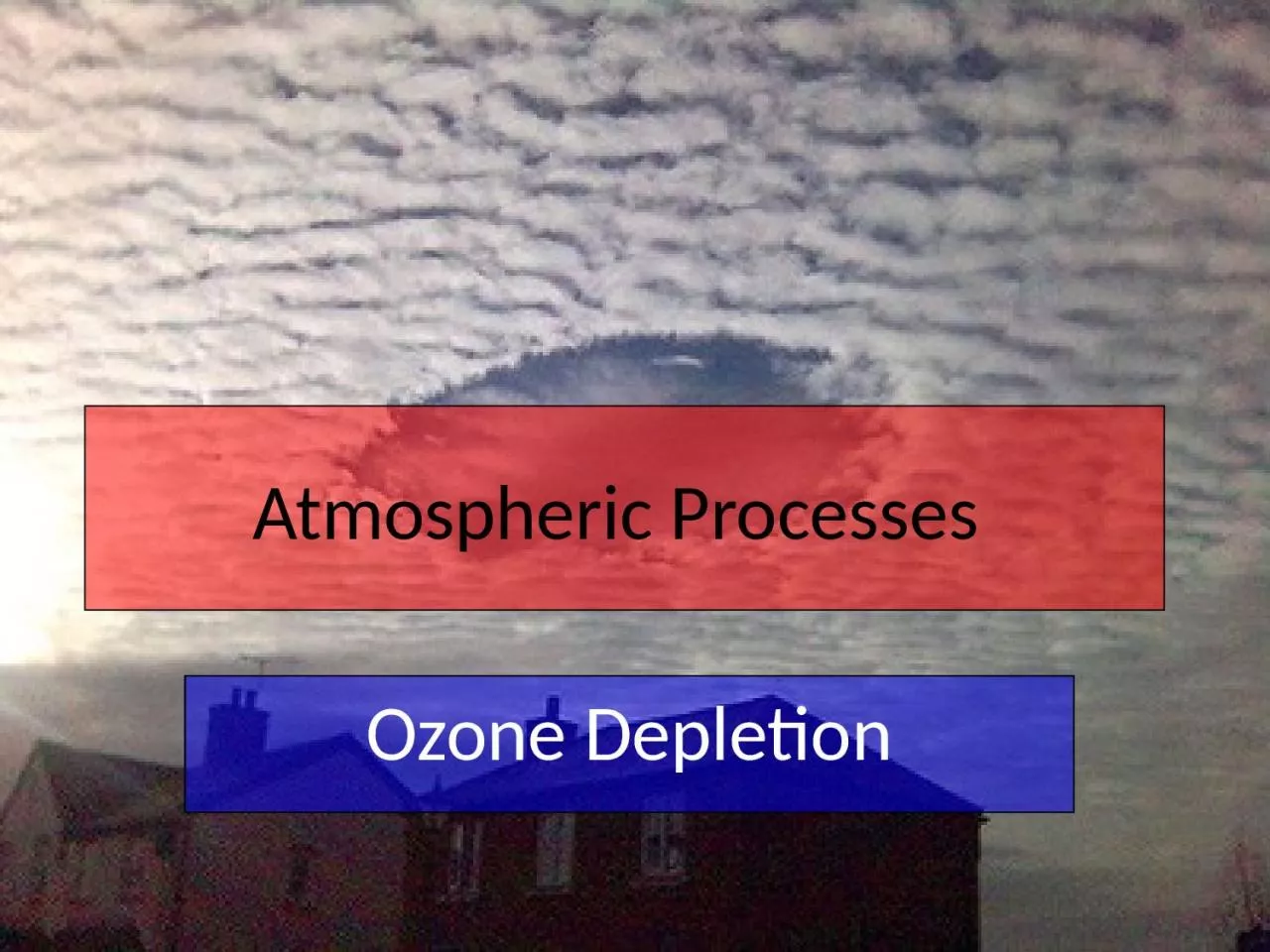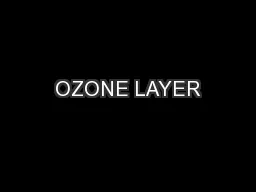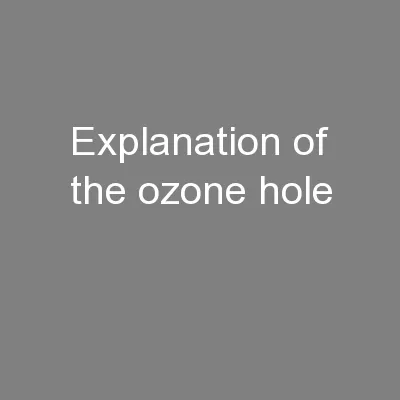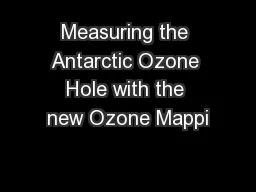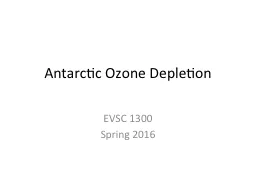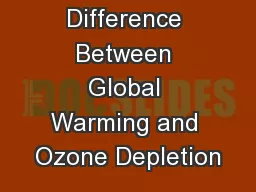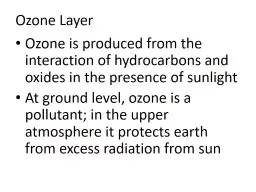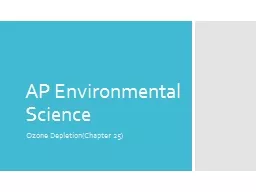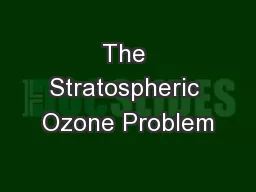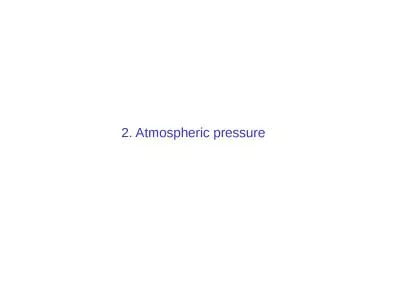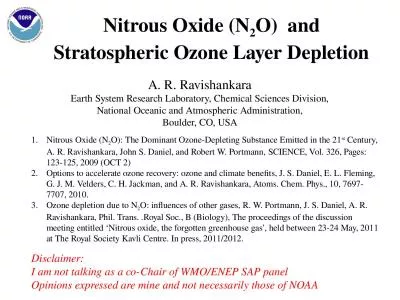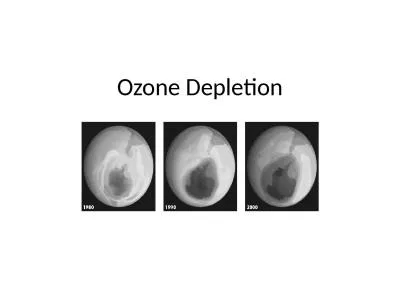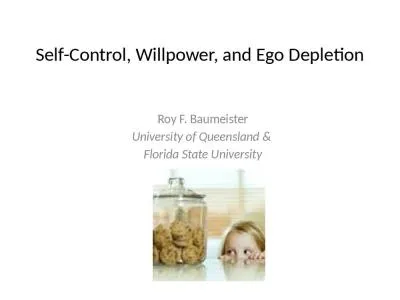PPT-Atmospheric Processes Ozone Depletion
Author : harper | Published Date : 2023-07-23
Quick recap The ozone layer refers to the ozone within stratosphere over 90 of the earths ozone resides Ozone is an irritating corrosive colourless gas with a
Presentation Embed Code
Download Presentation
Download Presentation The PPT/PDF document "Atmospheric Processes Ozone Depletion" is the property of its rightful owner. Permission is granted to download and print the materials on this website for personal, non-commercial use only, and to display it on your personal computer provided you do not modify the materials and that you retain all copyright notices contained in the materials. By downloading content from our website, you accept the terms of this agreement.
Atmospheric Processes Ozone Depletion: Transcript
Download Rules Of Document
"Atmospheric Processes Ozone Depletion"The content belongs to its owner. You may download and print it for personal use, without modification, and keep all copyright notices. By downloading, you agree to these terms.
Related Documents

